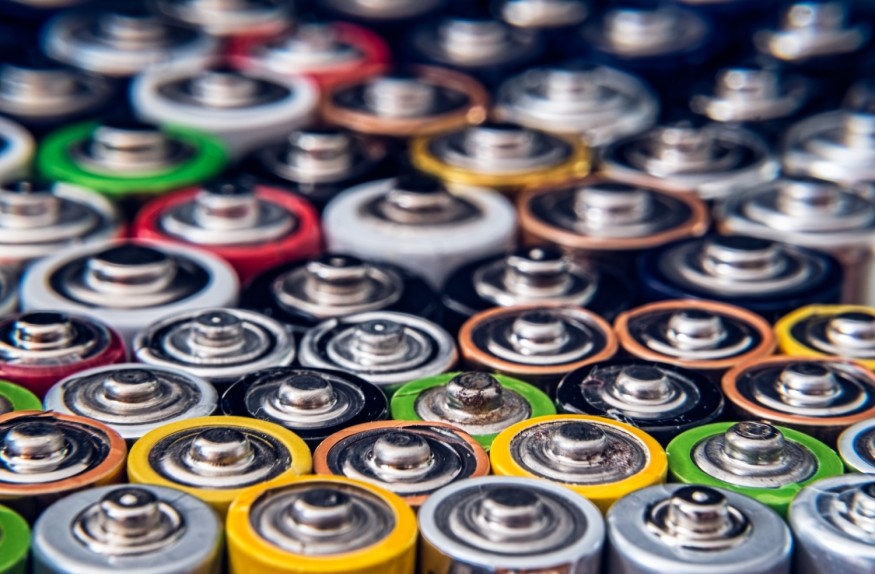Lithium is a rare metal known for powering modern technology along with its components such as devices, including mobile phones, computers, and vehicles. Experts also point the said chemical element even provides health benefits to living things, but only in small amounts. In terms of energy storage, lithium is one of the few options as an alternative to greener batteries.
Although lithium can be found in nature, including in rocks, brine mines, and mineral springs, it comes in very small concentrations. While the said mineral has been considered an alternative source of green energy, scientists are still divided regarding the long-term impact of lithium mining and extraction, in addition to industrial processes like greenhouse gas emissions and fossil fuel burning.
Due to the comparative rarity of lithium, the metal is mostly mined in countries like Australia, Chile, and China. Lithium mining is even common in Chile and Bolivia where the mineral is extracted from salt flats, with the latter having the largest lithium deposit in the world. Now, a new study led by researchers from Canada shows an extinct Nevada volcano contains approximately 20 to 40 million tons of lithium.
Extinct Nevada Volcano

In the study published in the journal Science Advances on August 30, researchers confirm that volcano sedimentary lithium resources have the potential to meet the requirements of the world that are increasing its demand for lithium-ion batteries, installed in electric vehicles and grid storage.
The research team pointed out that the rich lithium deposit can be found within the southern part of the McDermitt caldera in the United States, particularly at Thacker Pass, an area which borders the states of Nevada and Oregon. A new analysis suggests that the lithium deposit found inside a volcanic crater of the extinct Nevada volcano could meet the rising demand for the metal.
Based on new in situ analysis, the team was able to find the deposit from an unusual claystone, which also consists of the mineral illite. This mineral group contains 1.3% to 2.4% lithium inside the volcanic crater. Following the discovery, research shows that this is the first time that a large amount of lithium deposit has been found in the area.
Why is Lithium Important?
In a bid to move away from our reliance on carbon dioxide, a growing effort is underway towards the transition to lithium, which is the world's lightest metal. It also has a higher energy density compared to its counterparts, according to multiple reports.
Despite lithium's benefits in our current technology, the mining of the rare mineral is still being monitored by respective local authorities, especially in the Latin America and Caribbean regions.
Based on a news release by the UN in July 2023, the Economic Commission for Latin America and the Caribbean (ECLAC), in its report, stressed the importance of creating a meaningful agenda towards lithium extraction and its use for various economic activities.
© 2025 NatureWorldNews.com All rights reserved. Do not reproduce without permission.





